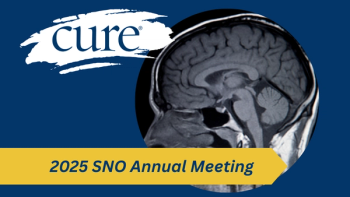
- Rare Cancers Special Issue
- Volume 1
- Issue 1
Driving Research in Rare Cancers
Key Takeaways
- Rare cancers, such as uveal melanoma, present research challenges due to their low incidence, but refined radiation techniques and drug trials offer hope for treatment and vision preservation.
- Glioblastoma treatment innovations, including surgery, drugs, and diagnostics, have improved survival rates for this aggressive brain cancer, with approximately 12,000 new cases annually in the U.S.
Research continues to drive the oncology field.
Research continues to drive the oncology field.
Investigators are in the lab testing the newest drugs and cuttingedge techniques in hopes of extending the survival of people whose lives have been turned upside down by cancer — maybe one day even finding a cure.
But in a rare cancer, which is defined by the American Cancer Society as fewer than six cases per 100,000 people each year, the challenge becomes studying these diseases because of their rarity. Particularly, this is an issue in
Also in this
The drug
And after brain surgery, radiation, chemotherapy and clinical trials, a
Also in this issue, a new drug approval for rare
As always, thank you for reading.
MIKE HENNESSY, SR.Chairman and CEO
Articles in this issue
over 7 years ago
Success in Cancer Care Doesn't Happen Overnightover 7 years ago
Progress in Sarcoma Treatment, But Still a Long Journey Aheadover 7 years ago
Waldenstrom Macroglobulinemia: The Discovery and What Lies Aheadover 7 years ago
Power in the Words: Discussing Palliative Cancer Careover 7 years ago
Advances and Combinations Raise Sights on Uveal Melanomaover 7 years ago
Turning the Tide in Glioblastoma




